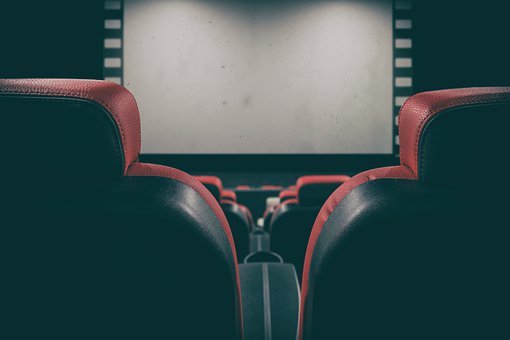Ha ppy Friday, everyone!
ppy Friday, everyone!
Recently Rod came across a CNBC article by Lucy Handley about the rapid rise of cinema ad spending (click here to read). According to this article, "Ads shown before movies in theaters are set to generate $4.6 billion in revenue around the world in 2019, a 6.8% increase on last year." Handley notes that "pre-movie ads are popular because of their large formats and captive audience. Commercial spots are also 'brand safe,' because unlike with some digital formats, media buyers can be sure that ads won’t be placed next to inappropriate content."
So for this week's poll question, we'd like to know:
How big is cinema advertising in your market? Do you have customers who use pre-movie ads in addition to their radio advertising? Are there businesses who use only movie theater ads?
Looking forward to reading your replies!
I prefer watching movies at home, so I usually wait for the DVD to come out. But on the rare occasions I've ventured into the local cineplex to catch a new release, I pay attention to the pre-movie advertising to learn:
1) Which clients are advertising
2) What their ads are promoting
3) How the audience is reacting to them
The company selling these ads point out how they dominate the screen and sound system in an immersive, providing a larger-than-life sales message to a captive audience.
In my experience, there are usually no more than ten companies advertising, including the cinema owner (who presumably gets to advertise his apartment rentals free in exchange for hosting the ad service). Most of the cinema advertisers are regular radio advertisers, too. Their messages are rarely interesting or engaging, just basic facts about the business. As Shakespeare would say, they're "full of sound and fury, signifying nothing."
The really interesting thing--and I've taken videos to show this phenomenon to advertisers--is that most people waiting in the theater are playing on their phones and/or chatting with their friends, waiting for the ads to end and the main feature to begin. They're not looking at the screen. BUT (and this is worth noting) the audio is intrusive and even though they're not watching, they're hearing what's being said.
So I tell my clients who have chosen to squander, er, spend money on cinema ads, that they need to pay careful attention to the spoken-word message, because that's the only thing most audience members will retain, and only if it's interesting to them. In this way, showing them how audiences are behaving while the ads are playing is a great way to illustrate the power of radio.